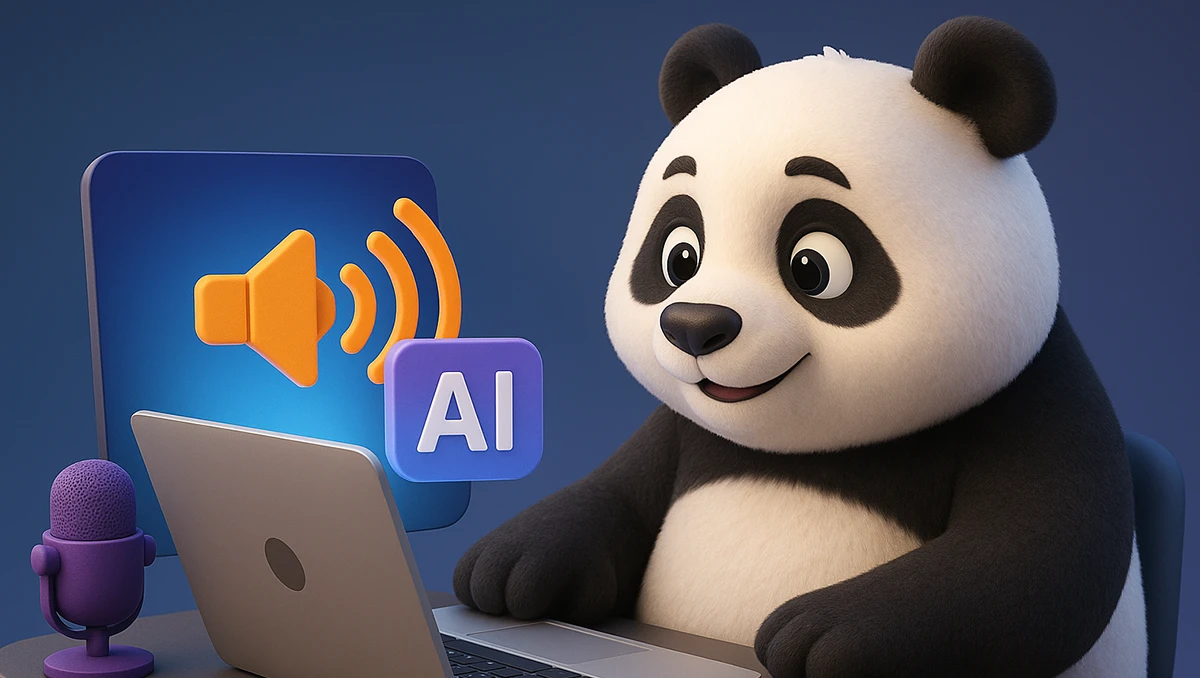Imagine spending months creating a course, only to discover that it is being shared for free without your consent. Frustrating, right? This is where DRM, or Digital Rights Management, comes in—a solution to protect your work.
If you're a content creator or work with digital products, understanding what DRM is and how it can protect your content is essential. Stay with this article to find out more.
What is DRM (Digital Rights Management)?
DRM stands for Digital Rights Management. This technology is designed to protect digital content from unauthorized access and prevent piracy through copying and distribution.
DRM was created in 1996 as a response to the illegal distribution of movies, music, and games, which had increased due to the rise of DVDs and mp3s, jeopardizing the profits of major record labels and companies.
There is not just one type of DRM. Its operation will depend on the media format in which it is applied, but the basic principles are always the same: controlling access to the content through encryption and ensuring that it is only consumed by those who purchase it.
Examples of DRM usage
To better understand the utility of DRM, let’s look at how it is used in the industry:
1. DRM in Video on Demand (VOD)
Services like Netflix, Disney Plus, and Amazon Prime use DRM to ensure that their content is not pirated. In this context, DRM works to:
2. DRM in music and streaming platforms
The music industry was heavily impacted in the 2000s, especially with the emergence of sites like Napster and The Pirate Bay.
Services like Spotify encrypt songs so they can only be played within the subscriber’s account.
DRM ensures that even if the files are stored on your device, you cannot copy or move them to another media player or device.
3. DRM in games
One of the most common types of DRM in digital games is software DRM, which requires online license validation every time the game is launched.
This type of DRM can limit the number of installations, require users to be connected to the internet to play (even in single-player games), and make it harder to break protection.
Additionally, consoles like the PlayStation 5 have optical readers that verify the authenticity of the discs to ensure that they are original and licensed.
4. DRM in online courses
Online courses are one of the areas where DRM is most relevant, as they are easier to pirate.
In this scenario, DRM is used to prevent unauthorized access to the content and to deter copying.
In addition to video encryption, DRM can include a personalized watermark with the user’s data, such as name or email, discreetly inserted into the video.
This serves as a deterrent measure, as any leaked video would contain the responsible user’s information.
Why is DRM important for digital product creators?
For those working with digital products, DRM provides an extra layer of security and protection. It helps ensure that only those who paid for access can view the content, preventing financial losses and preserving the value of your digital product.
This is an urgent need, given the growing consumption of this type of product.
According to Hotmart data, 20% of the economically active population in Brazil has purchased a digital product at least once on its platform.
And the more the demand for a digital product grows, the more the search for pirated versions increases proportionally.
That’s why content creators must prevent piracy from the beginning to avoid losses in the future.
How to implement DRM in your online course
If you are convinced that DRM is the right solution to protect your content, you will need to choose the right tool for it.
Panda Video offers 3 layers of security that enhance the protection of courses, one of them being the DRM Watermark.
By activating this feature, you add a watermark to your lessons containing the student's personal data, deterring video sharing.
The DRM watermark has a higher security level as it is embedded within the video, making it impossible to remove via browser tools.

Start protecting your digital product now
DRM is a powerful tool for those who work with digital products. It provides a layer of protection that ensures your work is valued and commercialized in the right way, preventing piracy and unauthorized use.
At Panda Video, our mission is to ensure that you have the best tools to protect and securely distribute your videos.
Ready to protect your digital product with Panda? Try our platform for free and see how we can help safeguard and ensure the success of your digital content.




